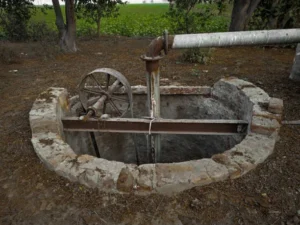In the past five years, the number of abortion cases in Alaska has remained steady, averaging around 1,235 annually, while chemically induced abortions have become the primary method for terminating pregnancies. During this period, Alaska’s fertility rate has reached an unprecedented low.
According to Alaska’s 2023 abortion report, 1,194 women underwent 1,222 abortions last year, with the majority (73%) being unmarried. Teenagers aged 15-19 accounted for 123 abortions, and four procedures were performed on girls under the age of 15.
As in previous years, the State of Alaska utilized public funds to cover over 40% of abortions, with 514 procedures subsidized in 2023. State-generated Medicaid dollars financed 42% of all abortions during that year.
The abortion report highlights that between 2018 and 2022, Alaska’s fertility rate has declined from 69.5 to 63.8 births per 1,000 women, with fertility rates solely reflecting live births. Factors such as abortion, miscarriage, fetal death, and non-conception all contribute to the state’s decreasing fertility rate.
The majority of Alaska women undergoing abortions (92%) terminated pregnancies when the gestational age was 13 weeks or less, while 8% of pregnancies were further along.
Chemical abortions utilizing Mifepristone, which severs the connection between the baby and the mother’s placenta, emerged as the predominant method for terminating pregnancies. For the first time on record, mifepristone accounted for over half (56%) of all abortion cases in Alaska.
During this period, drugstores such as Walgreens have started offering mifepristone over the counter in local Alaska outlets. A regulation implemented by the Biden administration facilitated this change. However, Alaska Attorney General Treg Taylor has cautioned drugstores that such actions still breach state laws.
Mifepristone prompts the detachment of the placenta from the uterine wall. Subsequently, a second drug (misoprostol) is administered two days later to induce abortion, often occurring outside clinical settings, including homes and workplaces.
Despite a 2005 Alaska law mandating informed consent before abortions, only 19% of women who underwent abortions last year received state-provided information covering fetal development, abortion risks and benefits, pregnancy facts, and adoption options.
State law requires annual abortion cases in Alaska reports, necessitating hospitals, clinics, and individual abortion providers to submit data. However, these reports must omit patient, provider, facility, or geographical identifiers and are disposed of once the annual report is completed.
Nonetheless, disparities in abortion rates are evident, with black women and Alaska Native/American Indian women overrepresented. In 2023, Alaska Native/American Indian women comprised 27% of abortions despite representing less than 22% of the female population, while black Alaskans, accounting for just 3.7% of the female population, constituted 8% of abortions.












